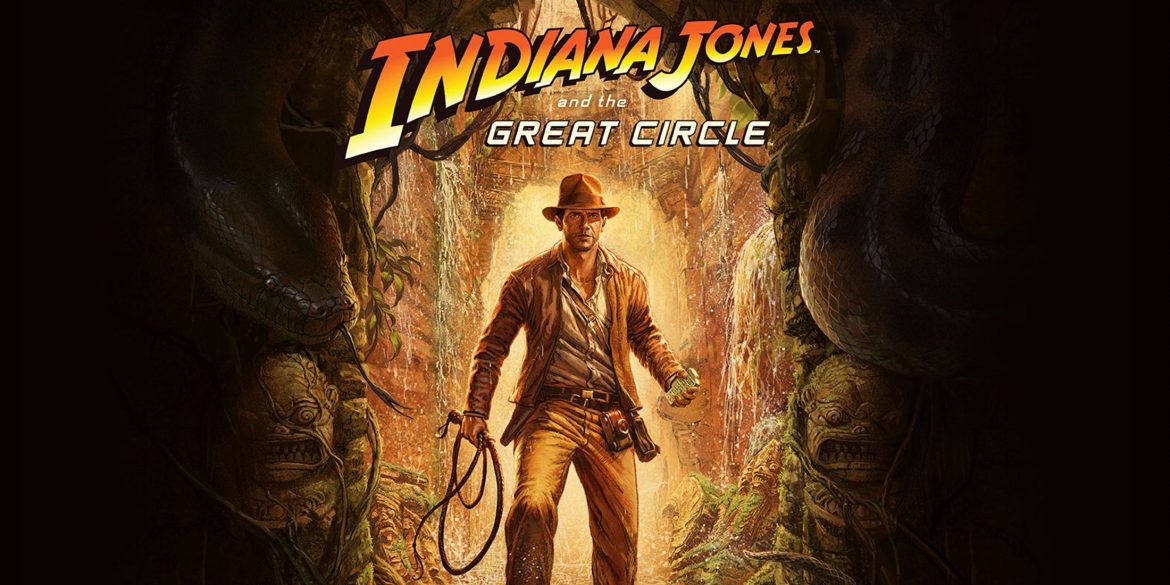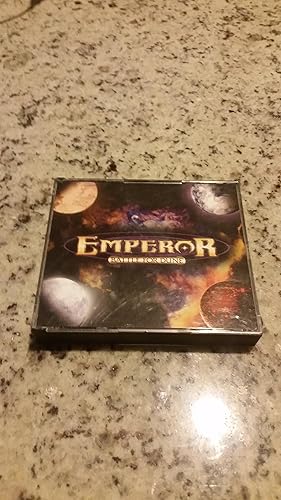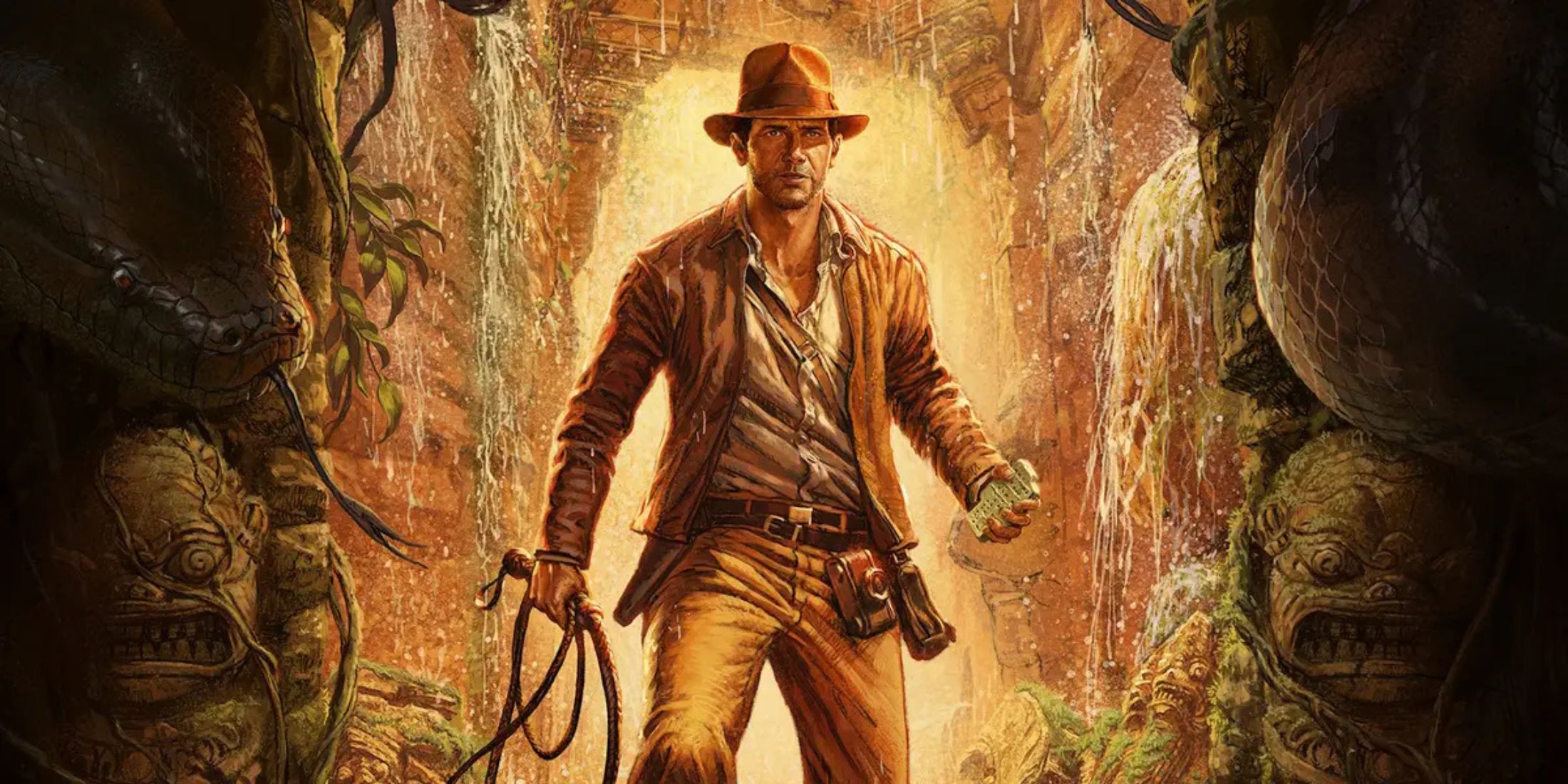Key Takeaways
Created with AI - we're still experimenting, so apologies if it misses the mark
- Indiana Jones and the Great Circle is a highly acclaimed game of 2024, earning Game of the Year recognition for its compelling narrative, stunning graphics, and innovative gameplay focused on exploration, secret discovery, and item collection.
- The game offers a blend of historical elements and fiction, set in various locations such as the Peruvian jungle, Marshall College, the Vatican, Egypt, the Himalayas, Shanghai, Sukhotai, and Iraq, creating an immersive experience that captures the spirit of adventure and exploration.
- The game features strong political commentary on power-hungry regimes and their manipulation of history, including references to Nazi Germanys obsession with ancient relics like the Spear of Destiny and Ahnenerbe, as well as fascist presence in the Vatican and collaboration between priests and antagonists.
- Indiana Jones journey through the game includes encounters with memorable characters such as Troy Bakers portrayal of Indiana Jones, Gina Lombardi (Indys closest friend and love interest), and Emmerich Voss (the main villain representing the Ahnenerbe). The narrative also highlights historical events like the bombing of Shanghai and the rise of Mussolinis Blackshirts.
Our favorite Goodies
Indiana Jones and the Great Circle: A Thrilling Blend of History, Fiction, and Political Commentary
Hello, Fauno from History Games here. Today, let’s delve into the historical context surrounding Machine Games’ Indiana Jones and the Great Circle, released on December 9, 2024, for PC and Xbox (including Game Pass). Having experienced it firsthand on Xbox Series S, I immediately considered it my personal Game of the Year, surpassing even Hellblade 2 with its compelling narrative, stunning graphics, and innovative gameplay centered on exploration, secret discovery, and item collection. Indiana Jones and the Great Circle blends historical elements with fiction, beginning in 1937 (a year after Raiders of the Lost Ark) with a scene reminiscent of the first film’s opening in the Peruvian jungles. Troy Baker’s portrayal of Indiana Jones captures the character’s thrill, fear, and triumph, closely echoing Harrison Ford’s original performance, complete with the iconic boulder scene. The game impresses not only with nostalgia and entertainment but also with political commentary on power-hungry regimes and the manipulation of history. [Warning: Spoilers Ahead]
The game’s exploration of historical artifacts as political weapons begins at the fictional Marshall College, reflecting the reality of the 1930s when leading archaeological expeditions by universities like Chicago and Harvard in the Middle East made them targets for totalitarian regimes like Nazi Germany and Fascist Italy. These regimes sought to exploit ancient relics to bolster their ideologies. The Nazi’s Ahnenerbe, an SS unit dedicated to archaeological digs, aimed to unearth artifacts that supported claims of Aryan supremacy. While the exact scope of these campaigns remains unknown, they exerted considerable influence, even capturing American archaeologists.
Artifact Pursuit and Vatican Intrigue in the Shadow of Wartime Politics
In Indiana Jones: The Great Circle, the theft of a cat mummy from Marshall College by Locus, a mercenary associated with the Order of Nephilim, sets the stage for the game’s central conflict. This artifact contains a stone linked to the Great Circle, which the game’s Nazi antagonists, led by Emmerich Voss, attempt to exploit for mystical power—much like their real-world obsession with relics like the Spear of Destiny. According to church doctrine, the Roman Centurion Longinus used this spear to pierce Christ’s side during the crucifixion. Hitler, through the Ahnenerbe, attempted to steal the Spear from Vienna’s Hofburg Museum. After World War II, the Americans recovered the Spear but concealed it, preventing authenticity testing. As Indy’s investigation into the cat mummy theft progresses, he journeys to the Vatican, where he uncovers a fascist presence and a corrupt priest collaborating with Voss. This scenario reflects historical examples of church members supporting fascism for political protection. The Vatican’s survival during World War II was facilitated by its alliance with the Catholic Church and Mussolini’s government.
Voss’s Pursuit of the Ra Idol and Egyptian Enigma in Wartime Occult Obsession
The game intensifies as Indy’s pursuit takes him to the Pyramids of Gizeh in Egypt, exploring the connection between Nazism and the occult. Voss is found excavating the pyramids in search of a Ra idol linked to the Great Circle, reminiscent of the Nazi’s obsession with Tanis in Raiders of the Lost Ark. Voss, like previous Indiana Jones villains, embodies an irritating antagonist who provokes Indy at every turn. The game’s antagonist, Eric Voss, played by Marios Gavrilis, embodies the spirit of the Great Circle through his arrogance and intelligence, making him a particularly infuriating adversary. In Egypt, the game references the Nazi’s fascination with the mysterious and occult to legitimize their concept of Aryan supremacy. Heinrich Himmler, head of the Nazi SS, sponsored expeditions to Egypt and Tibet in the 1930s in search of Aryan origins and artifacts such as the Holy Grail. These efforts even included plans to reconstruct Egyptian structures like pyramids and sphinxes in Germany.
The Great Circle’s Mystery Unfolds: Indy’s Wartime Quest in Himalayas, Shanghai, and Sukhotai
From Egypt, Indy’s pursuit takes him to the Himalayas, where he and Gina search for a sanctuary connected to the Great Circle, only to find Nazis attempting to control a mysterious warship. The dangers of this region are underscored by the tragic fate of Gina’s sister, Laura, mirroring the perils faced by real-world explorers. Between 1938 and 1939, the Nazis, under Ernst Schafer, mounted an SS-sponsored expedition to Tibet, sanctioned by Hitler, seeking evidence of a primordial Aryan race and mystical realms like Shambhala and Agartha. The adventure continues in Shanghai, amidst the chaos of the August 1937 bombing. This event marked the beginning of the Second Sino-Japanese War and foreshadowed the Nanking Massacre. The game then transitions to Sukhotai, now Thailand, where Indy encounters Italian fascist troops, reflecting Mussolini’s expansionist ambitions, though he never actually invaded Thailand. The underwater temple puzzles pay homage to the hydraulic engineering of the 13th-century Sukhothai kingdom.
Indy’s Global Quest: Thai Resistance and Iraq’s Ziggurat in 1930s
Thailand in 1937 held significance for colonial powers. Mussolini sought to expand his influence in Asia with Japan’s assistance, though Italy’s presence in the region was limited. The Sukhothai Historical Park, with its Buddhist temples, symbolized Thai culture’s resistance against European and Japanese colonization, a result of the 1932 revolution that curtailed the Thai king’s absolute power. Later, in 1940, Colonel Pribul Songgram became prime minister, styled himself “Supreme Leader,” and aligned with Japan’s Emperor Hirohito. Finally, Indy journeys to the Ziggurat of Ur in Iraq. Under British rule in the 1930s, Iraq was a site of significant archaeological exploration. The Ziggurat (circa 2100 BCE) was excavated by archaeologists like Leonard Woolley, whose discoveries inspired biblical narratives such as the Flood. In the game, Indy seeks Noah’s Ark, linking it to the Great Circle and referencing Mesopotamian myths like the Anunnaki.
Indiana Jones and the Global Circle of Power: Mystery, Suspense, and Witty Banter with Mussolini’s Blackshirts
The game features compelling characters. Troy Baker’s portrayal of Indiana Jones is exceptional. His sidekick, Gina Lombardi, represents a first for the series—Indy’s closest friend and love interest, interjecting humor and moral insights into their adventures. The supporting characters enhance the experience, embodying the spirit of Indiana Jones with mystery, suspense, and witty banter. The Nazis, led by Emmerich Voss, are the main villains. Voss embodies the Ahnenerbe, blending pseudoscience and the occult, drawing inspiration from figures like Otto Rahn and employing psychological manipulation akin to Josef Mengele. While Mussolini’s appearance is brief, it adds historical context. The Blackshirts, featured in scenes at the Vatican and Sukhothai, were Mussolini’s personal militia, instrumental in suppressing rebellions and maintaining his power. Although not at the forefront of World War II, they played a crucial role in Italy’s war efforts, particularly in intelligence gathering. Their presence in the game highlights Mussolini’s alliance with Germany and Japan through the 1937 Axis pact.
Indiana Jones and the Fascist Circle of Power: A Cinematic Adventure Through Propaganda and History
Like Hitler, Mussolini utilized archaeology to promote the Roman Empire, transforming excavations in Rome into fascist propaganda to showcase a return to former glory. This is reflected in the game through artifact looting. Posters of Mussolini during the Vatican segment, featuring slogans like “Believe, Obey, Fight” (Creda, Obbedisci, Combatti), underscore the ideological indoctrination prevalent in 1930s Italy. Indiana Jones and the Great Circle masterfully captures the classic Indy atmosphere, delivering a thrilling, suspenseful narrative with memorable characters and a cinematic climax. Indiana Jones: The Great Circle explores the manipulation of history by those in power, traversing locations from the Vatican to the Himalayas and showcasing real-world conflicts, with antagonists like Voss representing the Axis powers. The game highlights how archaeology has been used for both scientific discovery and propaganda, spanning regions from Europe to Iraq and Shanghai. Its gameplay emphasizes exploration, blending social stealth with mountaintop and ship exploration, set within detailed environments. Indiana Jones offers a compelling narrative experience. For those interested in deeper analyses of the graphics, combat, and gameplay, refer to Toca Du Covos’ analysis. Available on PlayStation 5, PC, and Xbox, and through Xbox Game Pass Ultimate, it’s a cinematic adventure worth experiencing.
Indiana Jones and the Narrative-Driven Adventure of 2024
Even without awards yet, Indiana Jones has already established itself as a favorite among history enthusiasts and gamers in 2024, promising to be a benchmark for narrative-driven adventure games.
In Case You Missed It
Midway through discussing PlayStation’s incredible sales, we found ourselves reminiscing about another fan-favorite’s meteoric rise. Sophie Laurent recently explored the phenomenal success of Ghost of Tsukigawa, which sold 3.3 million copies in its first month alone, further cementing Sony’s gaming dominance Ghost of Tsushima Sequel Sells 3.3 Million Copies in a Month, Sony Finally Reveals Official Figures. If that’s not enough to whet your appetite, Bruno Pferd has been hard at work announcing exciting updates and remasters. First up is ‘Red Dead Redemption Remastered,’ arriving on December 2 with enhanced graphics, smooth performance across all platforms, and free updates for previous owners Red Dead Redemption Remastered Announced for Switch 2, PS5, Xbox Series, iOS, and Android. But that’s not all – Bruno is also cooking up a storm with his upcoming Fallout Season 2 deep dive. Set in the Mojave Desert and New Vegas, this eight-episode series promises thrilling performances from Justin Theroux, Ella Purnell, and even Macaulay Culkin in an undisclosed role Fallout Season 2: New Trailer Featuring Macaulay Culkin and Elvis Zombies.
| Specification | |
|---|---|
| Official Name | Groove Coaster: Initial Initial Echo Ego |
| Brief Summary | undefined |
| Genre | Music |
| Play Modes | Single player |
Have any thoughts?
Share your reaction or leave a quick response — we’d love to hear what you think!







